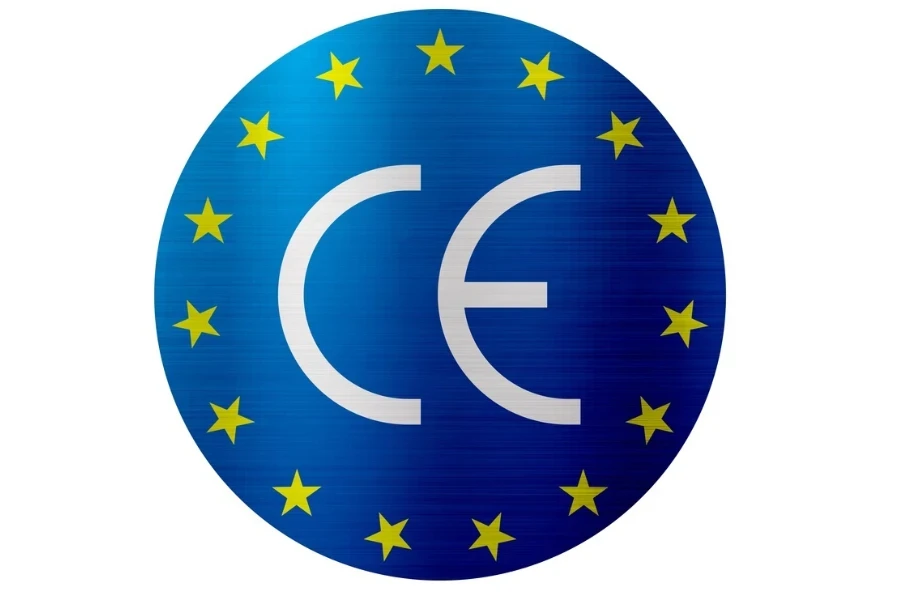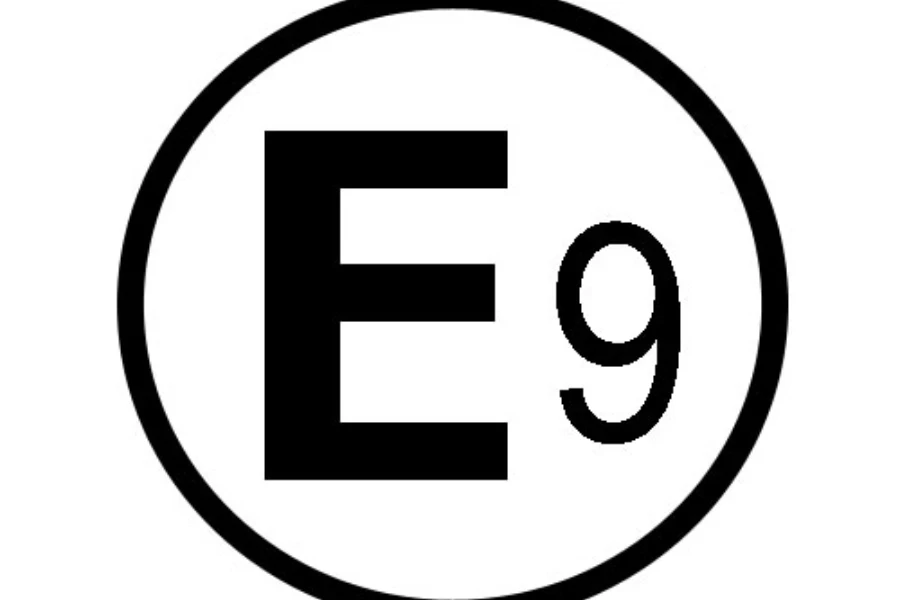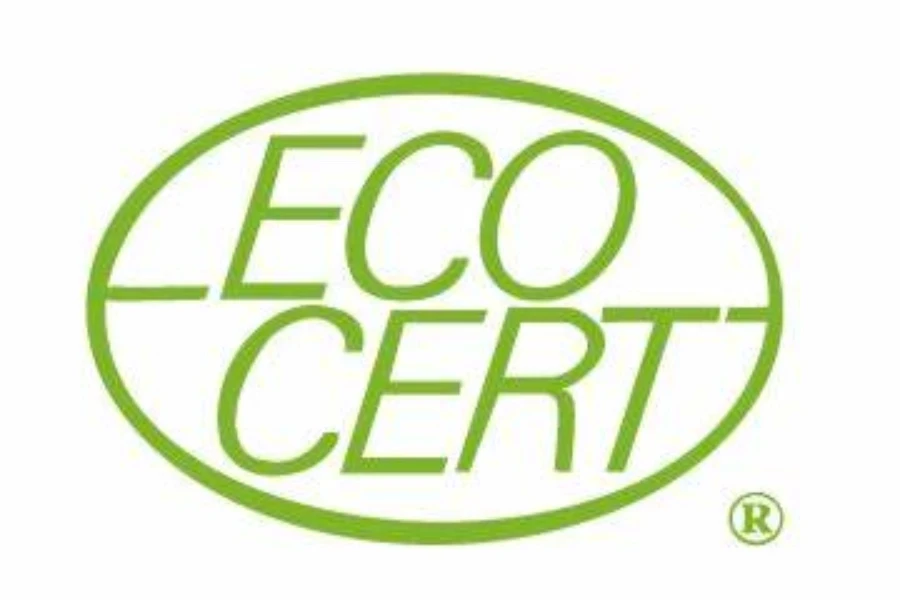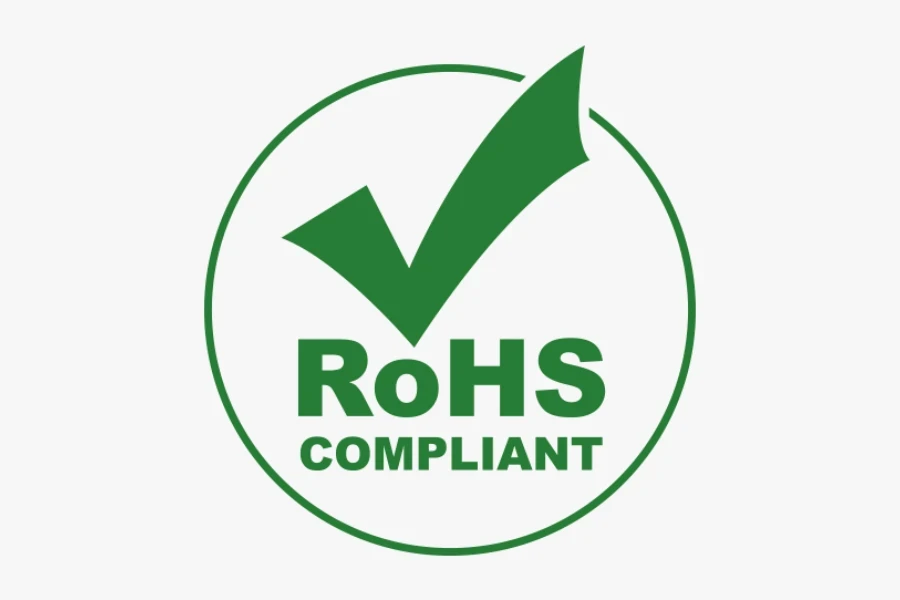The European market, which consists of 27 European Union (EU) countries (including the European Economic Area ‘EEA’ countries like Iceland, Liechtenstein, and Norway), has over 448 million potential customers. This means that selling products in Europe provides access to one of the largest trade blocs, where consumers spend more than 2,000 billion US dollars in just one fiscal quarter.
Furthermore, because the EU operates as a single market, once businesses have successfully exported their products to one member state, the products become eligible for sale across all EU countries, thereby avoiding additional headaches and bureaucratic paperwork.
However, for a product to be freely marketed in Europe, it must fulfill specific conformity and legal requirements. Keep reading to understand what we mean by a “Europe-certified product,” the different EU certifications that can unlock access to Europe, and how you can source these EU-certified products online in just a few simple clicks!
Table of Contents
What does it mean to be EU-certified?
Which EU certifications demonstrate European conformity?
Find EU-certified products on Chovm.com’s European Pavilion
Break into the European market with EU-certified products
What does it mean to be EU-certified?
A Europe-certified product refers to a product that has met specific safety, health, and environmental protection requirements set by the European Union. The European Commission oversees various EU directives to ensure that products are fit for sale within the European Economic Area (EEA).
In addition to the necessary technical documentation for EU customs clearance, manufacturers must provide a Declaration of Conformity (DoC). This document acts like a passport for products to be distributed within the European Union. It is a declaration that the product has undergone testing in an accredited laboratory, and it confirms that the product meets all the EU’s legal requirements.
Which EU certifications demonstrate European conformity?
From the definition provided in the previous section, it is evident that businesses, such as wholesalers and retailers, must comply with EU certification requirements to sell their products in Europe.
These EU requirements can vary. Some certifications apply to all products sold across the European Union countries, whereas others are specific to certain European countries. Moreover, specialized products, including medical devices and electrical equipment, are subject to supplementary requirements to ensure their safety and compliance with European standards.
Here are some EU certifications businesses need to know before commercializing their products in the European market:
CE marking

The CE marking is the first and most important EU certification a product must meet to be sold in Europe. The initials ‘CE‘ stand for the French words “Conformité Européenne,” which translates to “European Conformity.” It is an official declaration that the product meets all necessary European standards related to health, safety, and environmental protection.
The CE marking applies to a wide variety of product categories, ranging from toys and electrical equipment to medical devices and machinery. This unique two-letter symbol can often be found on the packaging or directly on the product itself.
Both letters of the CE marking must maintain equal vertical height and are typically presented in a standard oblique font. To check the CE certificate validity online, businesses can consult the official website of the issuing agency or search the Nando database, ensuring the certifying agency is among the listed notified bodies.
E-Mark

The E-Mark is another EU conformity certification that applies to vehicle components or complete vehicles, including motor vehicles, motorcycles, and other automobile parts. The mark consists of a circle with the capital letter ‘E‘ followed by a number. The numerical designation corresponds to the country responsible for issuing the certification, such as ‘E1‘ for Germany, ‘E2‘ for France, or ‘E4‘ for the Netherlands.
If a product has an E-Mark, this means it meets rigorous standards established by the World Forum for Harmonization of Vehicle Regulations (WP.29). For example, vehicle exhaust systems are required to fulfill specific guidelines concerning pollutant levels (such as CO and NOx), particle emissions, and overall noise levels measured in decibels.
ECOCERT

ECOCERT is a voluntary European certification applicable to agricultural raw materials, food products, and even cosmetics. This special mark (a green leaf in a circle) is given to products that respect environmentally friendly and socially conscious practices.
For example, the production of fruits and vegetables practices must respect soil fertility, maintain a balanced ecosystem, and ban synthetic chemicals (pesticides, herbicides) and genetically modified organisms (GMOs).
In the case of cosmetics like soaps, shampoos, and skin care items, the products must consist of at least 95% natural-origin ingredients, with at least 10% (20% for rinsed-off products) of the ingredients derived from organic farming.
An independent body manages the certification process, and after a thorough assessment, the product, if compliant with environmental and social requirements, gets a certificate. At least one annual on-site inspection is conducted, and more unannounced audits could occur throughout the year.
RoHS

Introduced by the European Union, RoHS stands for the Restriction of Hazardous Substances Directive. This initiative aims to protect human health and the environment by ensuring that electrical devices like household appliances and electronic toys are manufactured, imported, and distributed with fewer toxic components. Specifically, the RoHS directive restricts 10 harmful substances:
- Lead (Pb)
- Mercury (Hg)
- Cadmium (Cd)
- Hexavalent chromium (Cr6+)
- Polybrominated biphenyls (PBB)
- Polybrominated diphenyl ethers (PBDE)
- Bis(2-ethylhexyl) phthalate (DEHP)
- Butyl benzyl phthalate (BBP)
- Dibutyl phthalate (DBP)
- Diisobutyl phthalate (DIBP)
REACH
REACH (Registration, Evaluation, Authorization, and Restriction of Chemicals) refers to a comprehensive regulation established by the European Union to govern chemicals and their safe use. This mandatory EU certification applies to all chemical substances manufactured or imported into the European Economic Area (EEA).
These substances may exist independently or be incorporated into mixtures, as found in products such as detergents and paints or within articles like clothing and furniture. The key requirements for REACH can be broadly arranged under four main categories:
- Registration: If a company wants to manufacture or import a chemical into the EU (in quantities of 1 tonne or more per year), it has to register that substance with the European Chemicals Agency (ECHA).
- Evaluation: After a chemical substance is registered, ECHA or member states might choose to evaluate it. This process checks the quality of the registration file and the safety of the proposed uses.
- Authorization: Certain hazardous substances may not be used unless specific permission or authorization is granted.
- Restriction: Some substances are so harmful to the environment or human health that they’re restricted or banned. This means they cannot be made, used, or imported.
Find EU-certified products on Chovm.com’s European Pavilion
Now that we know exactly what an EU-certified product is and what different certifications are required for a product to be legally commercialized in the European market, let’s explore how to find EU-certified products on Chovm.com among the millions of products available.
Chovm.com has expanded its marketplace with a dedicated European Pavilion, which exclusively features EU/UK-certified items. Buyers can easily access this resource by logging into the Chovm.com App and selecting the “Certified picks for Europe” link on the homepage.
This will lead buyers to the landing page of the European Pavilion. Here, buyers can browse through 8 million EU-certified products offered by over 28,000 verified suppliers. Furthermore, buyers can use the certification bar to narrow down their search results based on specific EU certifications such as RoHS, REACH, and EMC.
Break into the European market with EU-certified products
With a comprehensive understanding of EU-certified products and how to source them digitally, businesses, whether small online store owners or leading brands, can now directly connect with European consumers.
So what are you waiting for? Head over to Chovm.com, search for trending products, ensure they comply with the necessary EU certifications, and start selling them online. Also, remember to revisit this practical guide for invaluable insider tips on how to source on Chovm.com efficiently.








